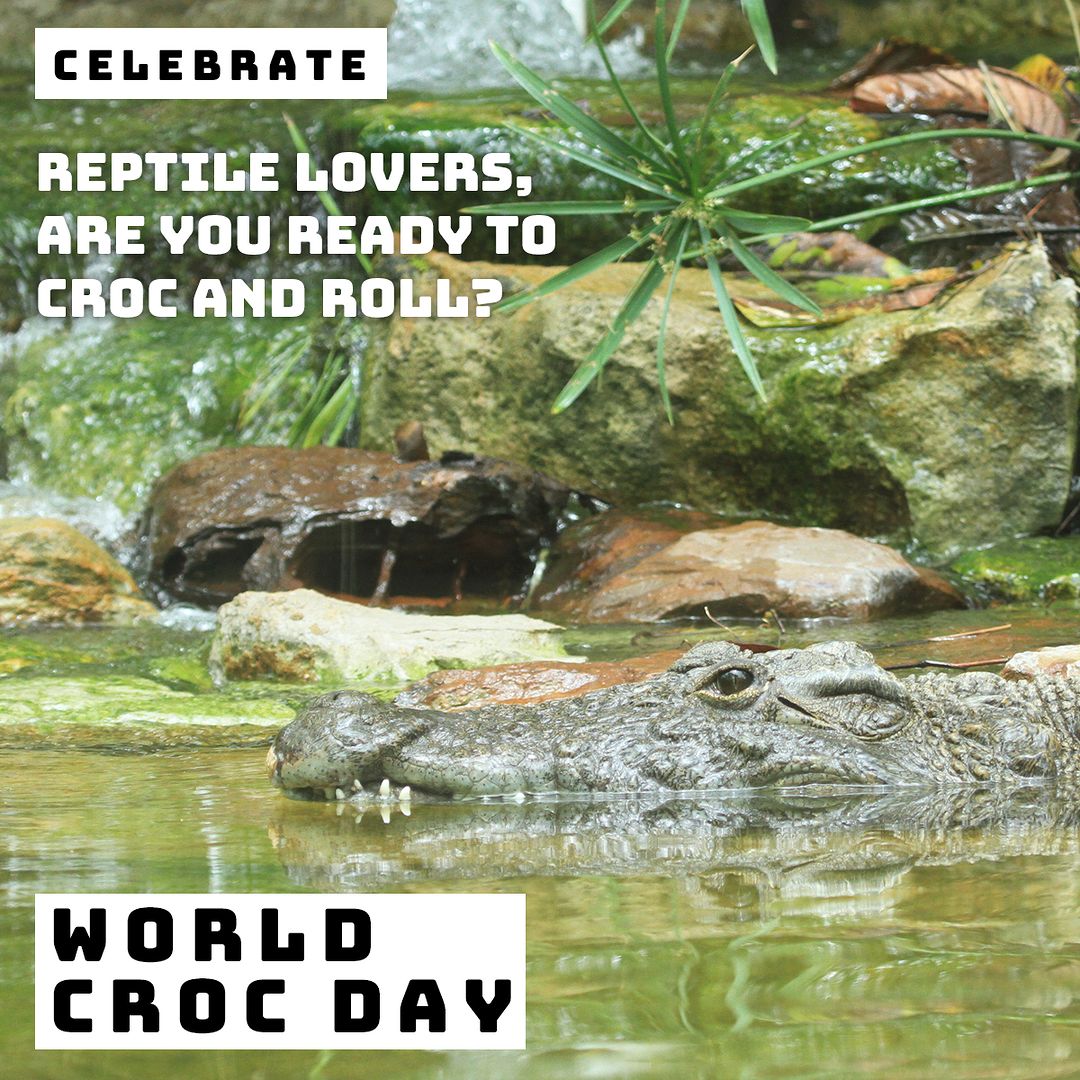1. Introduction to crocodiles and their habitat
2. Fascinating facts about crocodile physiology and behavior
3. The importance of crocodile conservation and their ecological role
4. Myths and misconceptions about crocodiles debunked
5. Interesting information about crocodile reproduction and parenting behavior
Don’t shed a single crocodile tear, reptile lovers; these amazing crocodile facts will surely delight you.
Crocodiles, those majestic and fearsome creatures, have always fascinated us with their ancient lineage and impressive physical attributes. Found in tropical regions of Africa, Asia, the Americas, and Australia, these large reptiles belong to the giant order Crocodilia, including caimans, gharials, and alligators. In this article, we will delve into crocodiles’ unique and fascinating aspects, revealing their hidden wonders and dispelling common misconceptions.
First and foremost, let’s explore the habitat of crocodiles. These stealthy predators are well adapted to various aquatic environments, from freshwater rivers and lakes to brackish mangrove swamps and saltwater habitats. Their remarkable ability to thrive in such diverse settings is due to their highly specialized physiology.
Speaking of physiology, did you know that crocodiles possess a unique circulatory system? This enables them to remain submerged for long periods without needing to surface for air. These amazing reptiles have a fantastic shunt called the Foramen of Panizza, which allows blood to bypass the lungs and flow directly from the right to the left aorta, supplying oxygenated blood to vital organs. This adaptation ensures their survival during prolonged dives and underwater hunts.
Another intriguing aspect of crocodile biology is its remarkable ability to regulate body temperature. These cold-blooded reptiles possess a unique thermoregulatory system that allows them to control their internal temperature externally. By basking in the sun, they absorb heat, and when they need to cool down, they retreat into the shade or immerse themselves in water. This adaptability enables them to thrive in various climates and habitats.
Now that we’ve explored some fascinating physiological aspects let’s delve into the behavior of crocodiles. Contrary to popular belief, these creatures are not mindless aggression machines. They display complex social behaviors and exhibit excellent parental care toward their offspring. Female crocodiles meticulously construct nests and guard them fiercely during the incubation period. Once the hatchlings emerge, the mother actively helps them to the water, protecting them from potential predators. Witnessing this nurturing behavior truly showcases the softer side of these ancient predators.
While crocodiles are formidable hunters, they also play a vital role in their ecosystems. As apex predators, they help regulate populations of prey species, ensuring a healthy balance within their habitats. Their presence can benefit other species, as their depredation on certain animals prevents them from becoming excessively dominant, thus fostering biodiversity.
Now, let’s address some common myths and misconceptions about crocodiles. Contrary to popular belief, crocodiles are not man-eating monsters lurking in every body of water. While they occasionally attack humans, most incidents occur when people unwittingly encroach upon their territory. Crocodiles typically avoid confrontations, reserving their aggression for hunting and self-defense. Respect and understanding of their behavior and proper safety measures can help promote peaceful coexistence between humans and crocodiles.
And finally, let’s explore the fascinating world of crocodile reproduction. Did you know that the sex of crocodile hatchlings is determined by temperature? Incubation temperature is critical in determining whether a hatchling will develop into a male or female. This unique phenomenon, known as temperature-dependent sex determination, showcases these reptiles’ incredible adaptability and complexity.
In conclusion, crocodiles are remarkable creatures that have captured our imaginations for centuries. Their unique physiology, complex behaviors, and critical ecological roles make them integral to our natural world. By dispelling myths and misconceptions and appreciating their fascinating adaptations, we can celebrate these ancient reptiles and work towards their conservation and coexistence with humans. So, the next time you encounter a crocodile, don’t shed a tear but rather marvel at the wonders of nature’s designs.
*****
Source Description
Don’t shed a single crocodile tear, reptile lovers; these amazing crocodile facts will surely delight you. 🐊Crocodiles are large reptiles found in igiantpical regions of Africa, Asia, the Americas, and Australia. 🐊They are members of Crocodilia, including caimans, gharials, and alligators.


